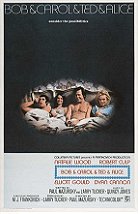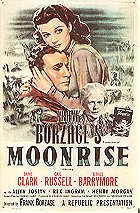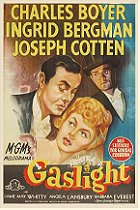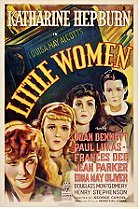Steven Spielberg and Richard Dreyfuss have both mentioned a deep love and appreciation for 1944’s A Guy Named Joe and discussed remaking it as far back as 1975’s Jaws. A Guy Named Joe is one of those heavily romantic studio era films that easily moved into magical realism territory. You buy into silvery images of Spencer Tracy as a helpless, benevolent angel mentoring his replacement (Van Johnson) in both love (with Irene Dunne) and employment (a fighter pilot) because so many of those movies have an artifice that’s expertly weaved into their DNA.
Remaking them is a tough prospect. Spielberg has the right touch of sentimentality, sometimes too much, but he doesn’t have the right touch of magical realism. His films are often filled with wonder, like Close Encounter of the Third Kind’s mothership reveal or Jurassic Park’s first glimpses of dinosaurs, but he can’t quite get over a hump into pure fantastical imagery here. His fantasy is too grounded, too thin for its running time, and only springs to life when Audrey Hepburn graces it with her eternally sublime image.
Always replaces WWII with the Pacific Northwest and fighting forest fires. Tracy, Dunne and Johnson are replaced with Dreyfuss, Holly Hunter and Brad Johnson. Brad is no Van, though, and his pretty face is about all he has going for him throwing many scenes of him acting opposite Dreyfuss, Hunter and John Goodman into uneven playing fields where they’re trying to prop up his weakness. In fact, Goodman slowly steals the movie out from everyone’s nose by getting the chance to tap into his inner S. Z. Sakall or similar character actor from the era.
So much of Always says aloud what it should show with a moment of quiet contemplation or reaction shots from its talented actors. The smartest casting choice was Hepburn as an angel, which is a brilliant piece of casting to personality. The small handful of scenes with her speak and feel more deeply than the rest precisely because she brings so much knowledge to the role by knowing when to react silently. A small, tender smile and supportive hand gesture from her reverberations in your gut more than the supposed emotional torment of watching Dreyfuss impotently view Hunter and Johnson woo each other.
And that’s the major problem with Always – you don’t invest much into the central premise, so the conflict remains inert. The daredevilry of the fighter pilots seems foolhardy and like it’s asking for trouble given the context, and the dialog feels like it was time displaced. It’s not quite remade enough from its 40s origins, and only witnessing a cinematic legend bidding us farewell is justifiable cause to watch Always.
 Login
Login
 Home
Home 95 Lists
95 Lists 1531 Reviews
1531 Reviews Collections
Collections
 0 comments,
0 comments, 







